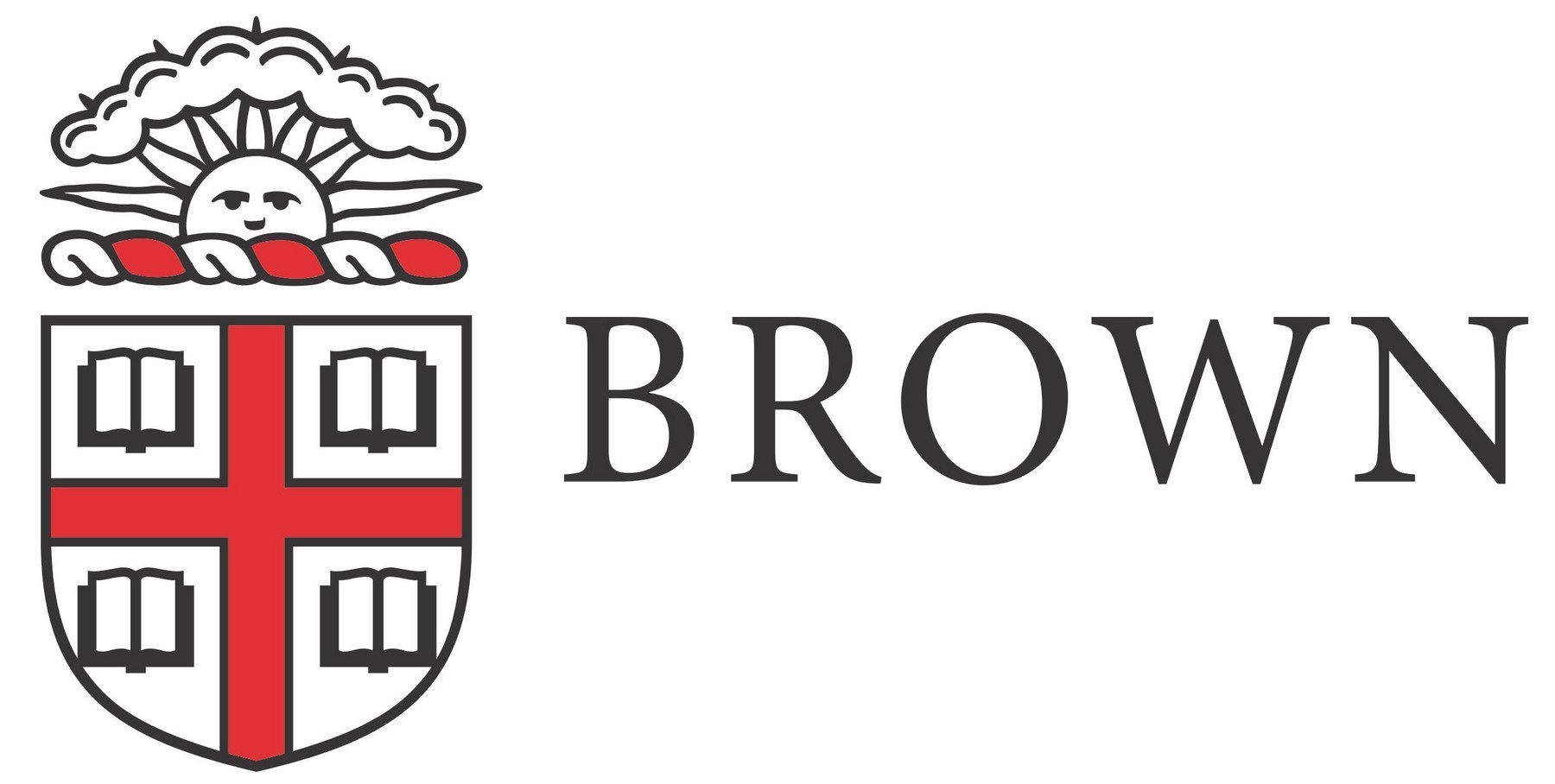Brown and indigenous people — humanitarianism or hypocrisy?
Brown University recently labeled Columbus Day “Indigenous Peoples’ Day.” To each his own!
I admire Columbus, but I also believe that Native Americans suffered even worse indignities than slavery at the hands of European colonists, especially those of English origin with a few notable exceptions, such as our own Roger Williams.
Unfortunately, Brown has become ultra-PC; that is politically correct (as opposed to merging with their cross-town rival Providence College where the devoutly Catholic Columbus is deservedly in vogue).
Before staging a planned Indigenous Peoples’ Parade on College Hill next fall to rival the Columbus-fest on Federal Hill, Brown and its students need to remedy the misuse of Native American heritage on land that Brown now owns.
Back in the 1950s, Rudolph Haffenreffer Jr., a prominent businessman and Native American enthusiast, donated a large tract of land on Mount Hope in Bristol to Brown University.
Included in the grant was the Haffenreffer Museum of Anthropology with its splendid collection of American Indian and Eskimo artifacts (which Brown has maintained) and King Philip’s Chair (which the university has completely neglected). The Chair, a natural depression in a large quartz hillside outcrop, was the site where chief sachem Metacom (King Philip) held tribal councils for his Pokanokets, the dominant subtribe of the Wampanoag Confederation. It has been described by Thomas W. Bicknell, a major historian of early Rhode Island, as “the most important Native American geologic site in New England.”
Under Brown’s stewardship (or lack thereof), the Chair receives no respect. In 2007, my wife Gail and I purchased the so-called “King Philip House,” the summer home of Rudolph Haffenreffer Jr., with the hope of restoring it for Native American cultural use. We even renamed that portion of Tower Road leading to the house Pokanoket Place. The Great Recession and our financial losses in a vain attempt to develop the Allens Avenue harborfront dashed our plans, and Brown acquired the property in 2014.
The King Philip House is located in the center of the Haffenreffer Grant and within 100 yards of the Chair. We regarded this proximity as one of the house’s main features. However, we were shocked to find that the Chair had become obscured and difficult to access. The area below it was heavily littered, and a dilapidated shack stood beneath it. We complained to Brown concerning these conditions, and the shed was removed. However, very little was done to refurbish this area, to erect signage, or to encourage popular visits to this important geologic site.
Now that Brown has acquired the King Philip House, I would suggest that the university renovate it as a visitors’ center for the Chair with a Wampanoag exhibit in honor of King Philip and his father, Massasoit, who participated with the Pilgrims of Plymouth in 1621 at the so-called “First Thanksgiving.” Such a project would give the Chair the prominence it deserves. It is a major landmark even referenced on many maps.
A memorial to the Wampanoag Confederation, a tragic victim of the ingratitude, greed and land hunger of the sainted Pilgrims, would remove the hypocrisy from Brown’s noble declaration of Indigenous Peoples’ Day. In short, let Brown put some of the money from its huge endowment where its mouth is!
Patrick T. Conley, a Bristol resident, is historian laureate of Rhode Island.







